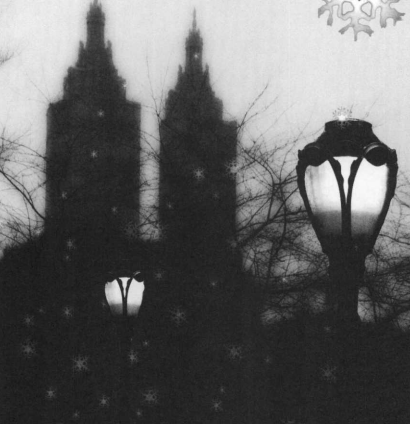Grant Hardy on recent scriptural changes
March 6, 2013After looking at “The King James Bible and the Future of Missionary Work” for Dialogue last summer, Grant Hardy now looks at the recent scriptural changes for Faith Promoting Rumor at Patheos, lamenting that accuracy has been unfortunately delayed in “The 2013 Adjustments to the Book of Mormon.”







